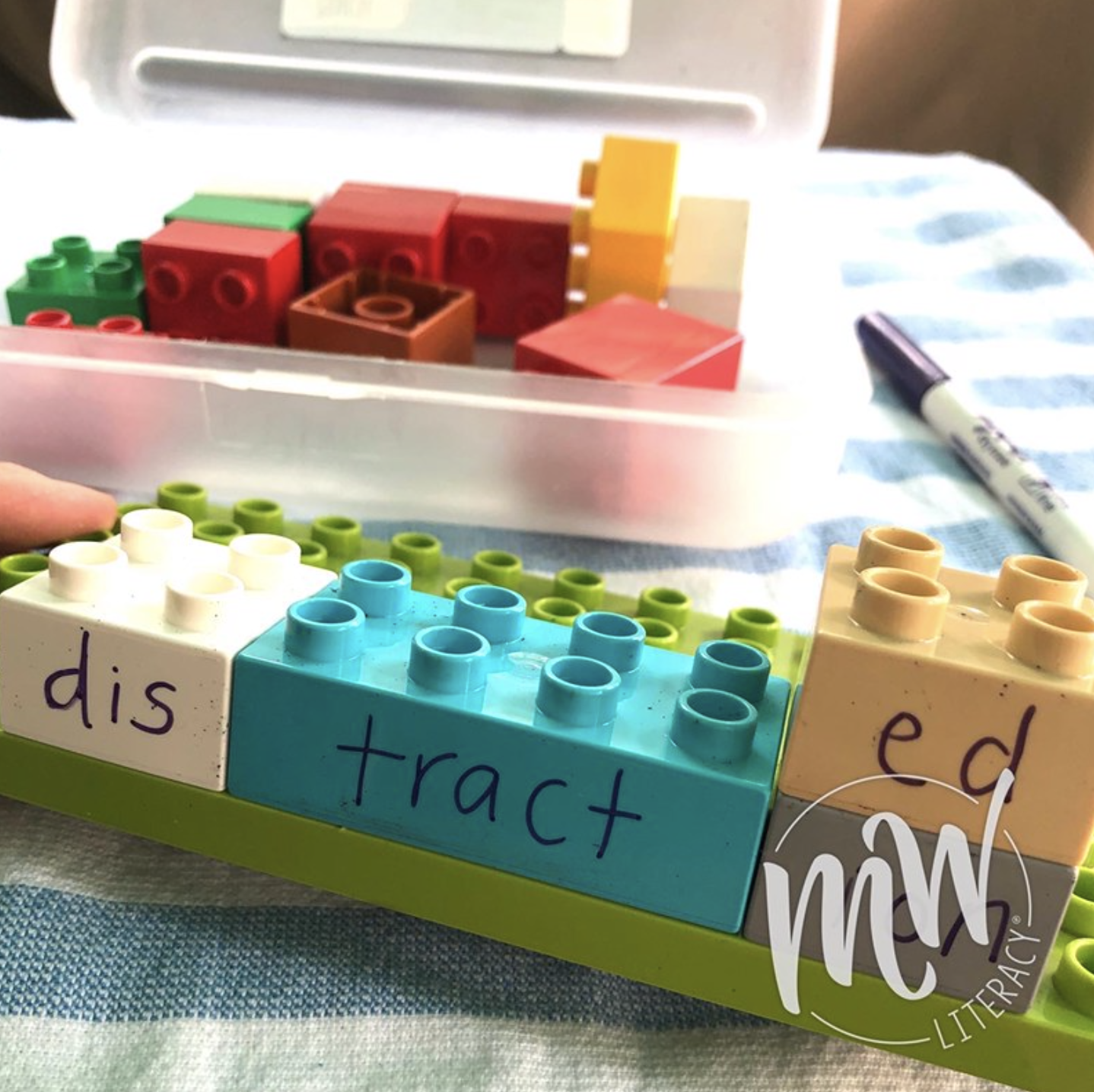(POST PART 3/3)
In Part 1 and Part 2 of this series, I discussed the first six keys to spelling success that I ensure to integrate into my instruction:
This post will be about the ways in which multi-sensory practice, new concept reading, dictation, and mnemonic devices play roles in supporting spelling knowledge and fluency.
MULTI-SENSORY PRACTICE
Multisensory learning doesn’t just mean writing in sand or shaving cream! While these activities can be fun and engaging for certain purposes, there are a wide range of activities that can be multisensory AND low prep for all grade levels and content matter.
Multi-sensory instruction is the delivery of information through different sensory modalities. A multimodal approach is highly beneficial for all learners in order to maximize successful instruction. In fact, it has been confirmed with neuro imaging studies that following instruction that is multisensory, there is increased activity in the brain’s information processing as opposed to receiving input that engages only one modality. (Willis).
These are the three different modalities students can engage in to receive multi-sensory practice.
Visual. Visual practice is learning by seeing. Examples of visual instructional practice include using photographs, illustrations, charts & graphs, diagrams & maps, video, cues, and flashcards during instructional practice.
Auditory. Auditory practice is learning by hearing. Examples of auditory instructional practice includes conversations, retelling, mnemonic devices, storytelling, singing & rhythms, rhymes, and read alouds.
Kinesthetic & Tactile. Kinesthetic and tactile instruction is learning by doing. Instructional practice within this modality incorporates textures, writing, manipulatives, and movement.
NEW CONCEPT READING
When students are introduced to a new concept, it is important to practice reading that new concept at both the word and sentence levels. New concept reading is decodable for them and focuses only on the new spelling pattern(s) and previously taught ones. To free up cognitive desk space, decodable texts are imperative so students are not expending energy trying to figure out other spelling patterns in the sets.
DICTATION
In addition to reading new concepts in words and sentences, dictation at the word and sentence levels must also be an integrated part of acquiring and retaining new spelling patterns.
mnemonic devices
A mnemonic device is a method that helps to recall and retain information. It’s a memory tactic. While spelling should not be taught through rote memorization, sometimes a mnemonic device can prove helpful. Here are a few examples:
The words HERE and HEAR are homophones. The second one can be easily remembered because the word EAR is in the word, and we HEAR with our EAR.
The word COMFORT can be tricky because of the r-controlled vowel sound that sounds like /er/. What do I tell my students? I ask them to think about the most comfortable piece of furniture in their house besides their bed. They usually guess the couch! Then I ask, “What do lots of little kids like to build using the couch cushions?” Many times, they answer, “A fort!” The word FORT is in COMFORT.
When remembering the spellings for could, would, and should, a fun way to remember them is to say the first sound its corresponding letters followed by “o u lucky duck!”
It is usually the silliest mnemonic devices that stick, and it’s a good start to getting students in the habit of thinking about these memory techniques to help them along the way in many academic areas.
Come Join the MW LITERACY® Instagram Community
Sign up here for bite-sized doses of professional development delivered to your inbox each week.







